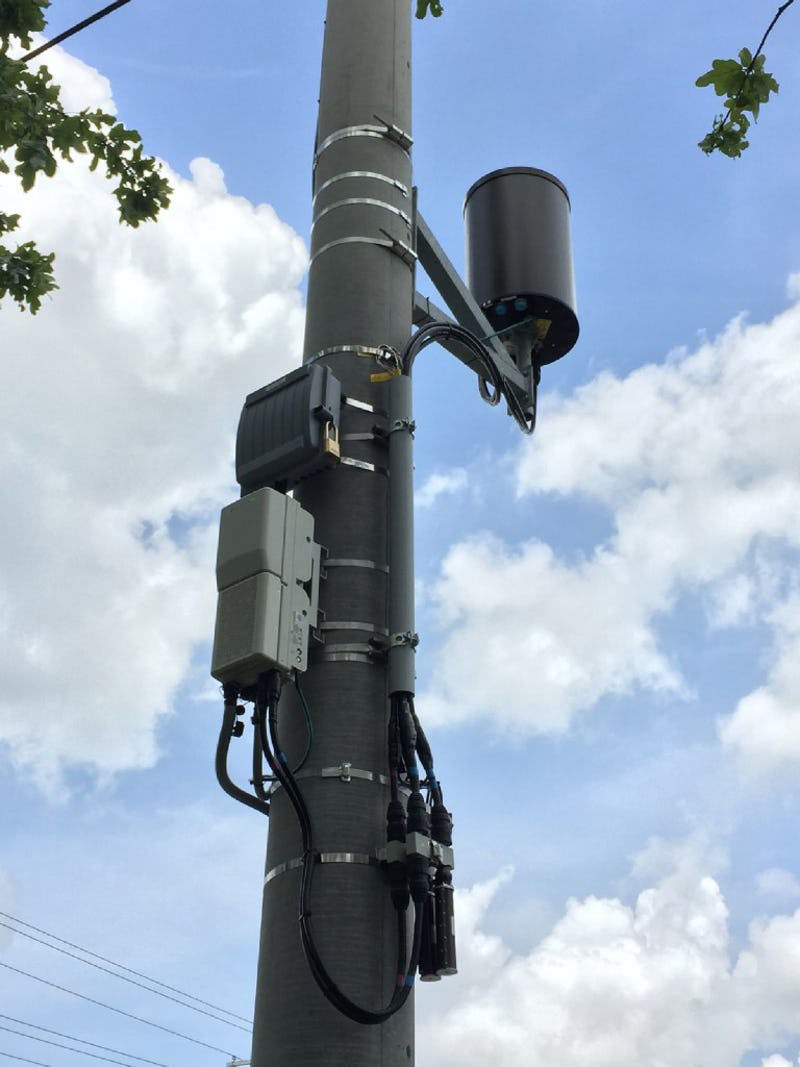How long Should I Remain From a 5G Mobile phone Tower?

In case you? ve ever strolled via an area, you may possess spotted small mini 5G cell towers on street light source poles. These look like small packing containers, but they? what is a safe distance from a 5g cell tower transmitting wireless signals from cell carriers to the phone.
These smaller, purpose-built cell towers are replacing larger, purpose-built ones. Although less obvious, they may nevertheless present issues for those.
The particular FCC? s Light Exposure Thresholds

Typically the Radiation Exposure Thresholds of the FCC establish the safe distance from which in turn a person might be exposed to electromagnetic radiation from wireless devices. The coverage limitations are based on scientific facts indicating that RF energy may end up being hazardous to human health.
The actual absorption rate (SAR) quantifies the radiofrequency power absorbed by tissue. what is a safe distance from a cell tower is normally 1. 6 m per kilogram, proportioned across one g of tissue.
Even so, since 5g transports at higher eq, it may generate more energy strength within the skin and even other immediately uncovered body parts. This could result in the variety of probable consequences, such as the accelerated development of skin health issues such as hautentzündung, skin cancer, plus cataracts.
Due associated with the potentially severe consequences of 5g radiation, PSU provides opted to enforce a general localized power density constraint of 4 mW/cm2 averaged over a single cm2, and not really to exceed 30 minutes, for all 5G services at 3 thousands GHz. This limited limit is consistent with the maximal spatial-average SAR of 1. 6 W/kg averaged across just one g of cells at 6 GHz.
The FCC? s Maximum Exposure Thresholds
If you've ever used a cell phone, a person surely realize that you must be at the least 400 meters away from tower for protection. This is owing to the reality that the tranny strength of your cell tower grows substantially with distance.
When this may seem to be like a wonderful concept, the reality is that these living near to may be may be additional prone to health and fitness issues. A 2014 research in Asia, for instance, pointed out that persons that resided within fifty meters of mobile towers had much higher health concerns than those who lived farther away.
Yet, this research likewise revealed that symptoms returned to typical inside a few times for persons who else relocated to locations distant from cell towers. Several research have indicated of which exposure to high levels of radiofrequency electromagnetic fields (EMFs) may possibly induce cancer, brain tumors, and various other health concerns.
RF radiation, which will be used in cordless communication, may enter the outermost level of the body of a human, the skin. The particular skin functions because a protective hurdle against mechanical damage, infection by pathogenic bacteria, and typically the admission of unsafe chemicals. It is usually responsible for protecting the integrity of other organs and it is the biggest organ in the human body.
Minimum Exposure Thresholds of the FCC
The FCC's Minimum Exposure Thresholds depend on a number regarding unsupported scientific assumptions. They range from the wrong notion that immediate exposures to RF radiation are safe owing to low penetration into the human body (i. e., tissues heating) (i. electronic., tissue heating).
Additionally, the assumption disregards the deeper transmission in the ELF components of modulated RF signals and the impact of brief temperature bursts from pulsed RF waves. These types of assumptions tend not to line up with the present knowledge of the biological effects of RF radiation; therefore, they should not get utilized to build health-protective exposure limitations.
In safe distance from cell tower , the ICNIRP and FCC restrict their maximum coverage limits to neighborhood peak SARs based on the peak spatial specific assimilation rate (psSAR), that is an insufficient dosimetric technique for analyzing the level of RF radiation exposure. Specifically, psSAR is incorrect with frequencies greater than 6 GHz. Furthermore, psSAR is not looked at for RF rays with co-exposure to other environmental aspects such as the sun. Interactions between radiofrequency (RF) radiation in addition to other environmental components may have bloodthirsty or synergistic outcomes. This would boost the probability of hazardous health outcomes. Co-exposure to RF rays and sunshine, with regard to instance, may raise the risk of skin cancer and aggravate other skin problems, such as acne.
